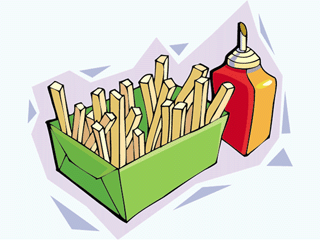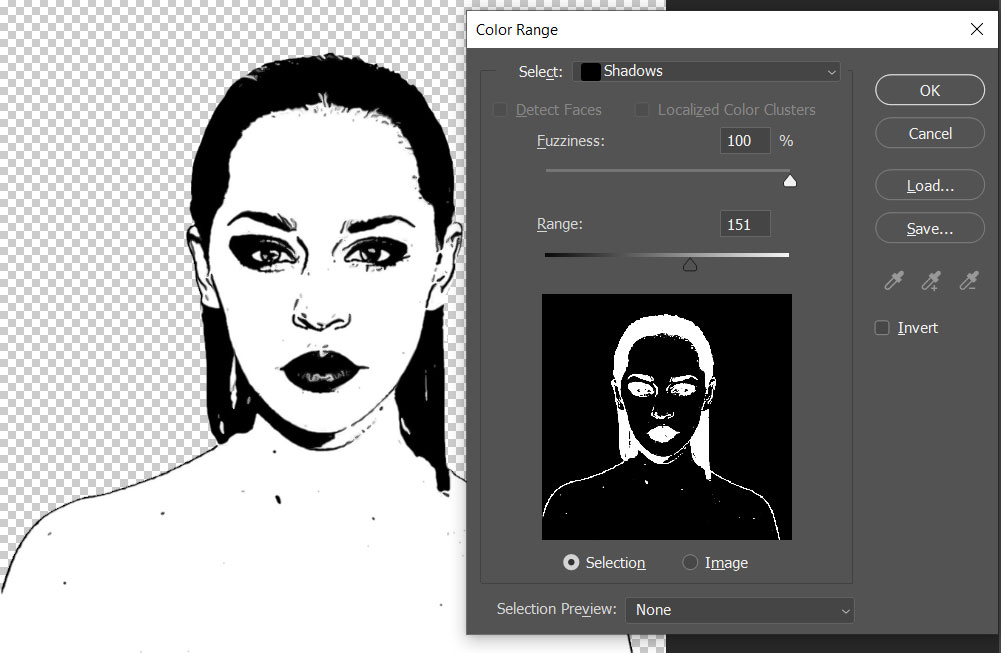
These have smaller file sizes but do not store a perfect copy of the image. Some of the most common are: JPEG, PNG, GIF, BMP, and TIFF.īroadly speaking, they fall into two categories: Lossy formats I'm not sure why you would choose DXF as your preferred path out of InkScape when a very good EPS 3.0 export in in the application.There is a large number of different bitmap formats. One final note, my experience using different file types for sign work places EPS and AI right up top and DXF very near the bottom. If she is unable to get useable results with CorelDRAW, it seems likely that InkScape will provide an easy solution either. My point is that with free, open source software you should be prepared to really dig into it to learn it because it will be more difficult to learn than a commercial product like Illustrator or CorelDRAW.īased on Bonnie's posts so far, I suspect that this may be a problem. I have the same kinds of problems with the software that runs this site. The most troubling thing I couldn't resolve was how to turn off the preview to edit the vectors in wireframe view.Īs with most open source products, the learning curve is usually worse because documentation is usually weak and people seem to expect you to be a code hacker or programmer before they will give you straightforward answers to questions.

Good tracing and drawing tools, type setting and basic effects like outlining.

InkTrace, for a free application, is fairly impressive. I am not familiar with GSView or PStoEdit so I'm not sure what, if anything they would add to the mix. There was no need that I saw for GhostScript to be installed. The EPS preserves the PostScript language and the bezier curves. I then deleted the image and saved the traced vectors as an EPS which in turn was readable by two application I imported it into. I traced a jpg image I had in a folder which was a clean image and the results were very nice. I downloaded it yesterday (just the Inkscape).


 0 kommentar(er)
0 kommentar(er)
